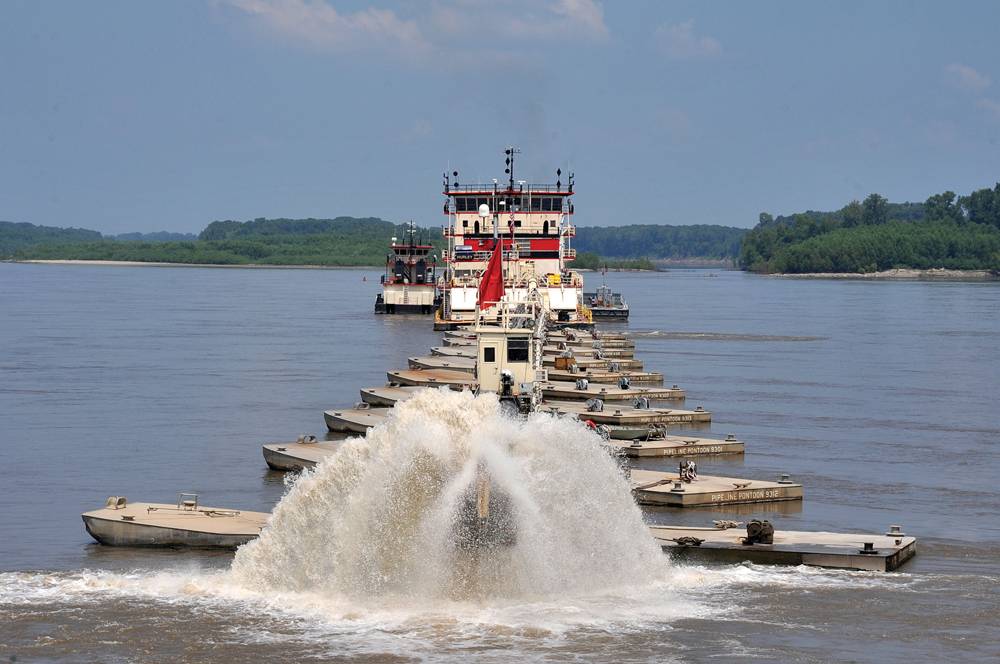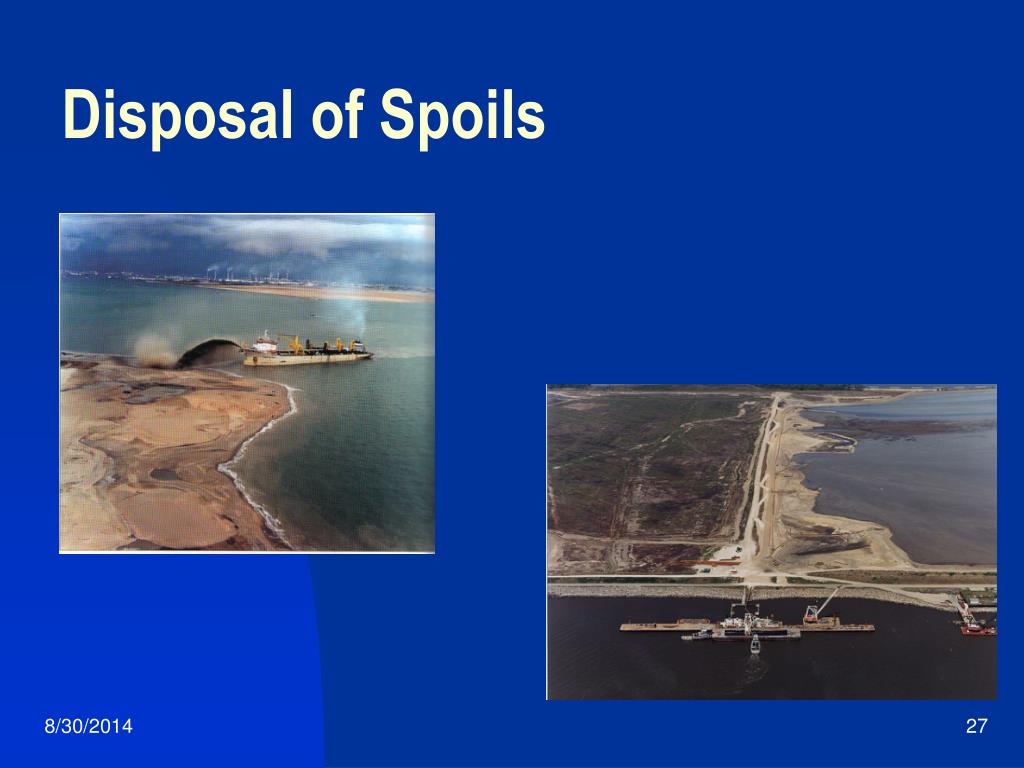

The “mat” is a network of parallel wooden beams that look like extra-long railroad ties with metal hoops at the end. “The purpose of the ditches is to dry out the silt.” Water seeps from the spoil basin into ditches and drains into Town Creek and the Cooper River through four big outfall pipes.Īn excavating machine deepens ditches only after it has spread its weight across a wooden mat of support.

“We cut ditches across the island to lower the water table,” he said. But if you dig down just one or two feet, the dry dirt will quickly change to liquid pluff mud that is unmanageable, explains SPA project engineer Ben Morgan. On the surface, the dirt looks like a tan drought landscape pocked by deep surface cracks. To get the island ready, a lot of dirt needs to be moved to facilitate the drying process. When the walls are around six feet taller around Drum Island, the SPA says it will be able to put dredge material on Drum Island for eight to 10 more years.

State Ports Authority is preparing to raise the walls of a dirt dike that surrounds the island so that it can dispose of silt removed from berths at Union and Columbus street terminals. Well, there’s a method to what’s happening as explained in a recent visit to the 160-acre island of dredge material, or spoil, that the bridge crosses. Ever notice the piles of dirt on Drum Island as you zoom over the Cooper River bridge from Mount Pleasant to Charleston? Seem like they’ve been moving around for the last few months, but for no apparent reason?


 0 kommentar(er)
0 kommentar(er)
